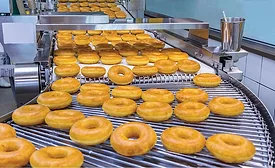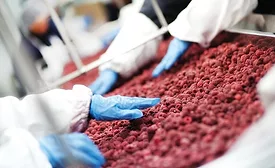Home » Keywords: » food quality
Items Tagged with 'food quality'
ARTICLES
Tech Update
Controlling temperature from farm to fork protects product quality, brand name
July 23, 2020
Food Safety
How Processors Can Use Robots to Enhance Food Quality and Safety
June 23, 2020
Food Safety
The importance of preventive controls
Preventive controls are a must for processors to meet safety goals
April 30, 2018
Food Packaging
Clemson researchers working on packaging that detects food spoilage
Intelligent packaging uses sensors to detect when food begins to go bad
April 24, 2018
Never miss the latest news and trends driving the food safety industry
eNewsletter | Website | eMagazine
JOIN TODAY!Copyright ©2025. All Rights Reserved BNP Media.
Design, CMS, Hosting & Web Development :: ePublishing












